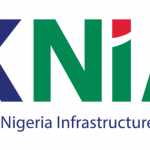Technology
The Ultimate Guide to iPhone Hack Texts (2021 Updated)
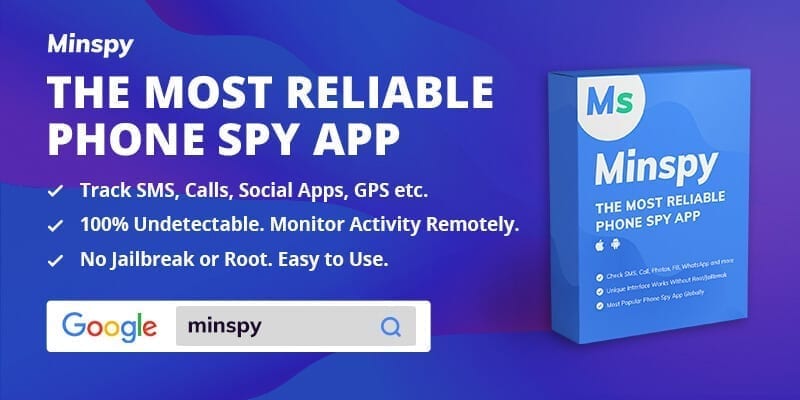
Texting is more preferred than even calling in recent times. It is becoming an increasingly popular mode and new messaging apps have transformed texts. All the texting apps make it so much entertaining to text.
The year 2020 saw an increase in the usage of texts and messaging. This also brought an increase in search for ‘iPhone hack texts’. With a great demand for iPhone hack apps, there was a lot of competition to cater to it. So, let’s find out which is the best and most reliable way of hacking texts.
Minspy: Best iPhone Hacking App
Minspy is an amazing web-based application. It provides impetus to its users to see the text messages on an iPhone. The highlight of this application is its time efficiency. In just a matter of a few minutes, you can access someone’s iPhone texts remotely.
Minspy also offers a brilliant keylogger feature. This feature allows its users to view all vital keystrokes on the iPhone. You can have a look at the true and holistic picture of the texts. You can see the drafted texts, deleted texts, archived texts and all changes made.
Why Select Minspy?
The competition of spy apps can be bewildering and confusing. As it turns out, there are many players and competitors in the spy industry. Despite the perfect competition, Minspy is class apart. Below are some of the core features that make Minspy stand out:
Stealth Mode
You can spy for as long as you want, you will never be detected with Minspy. The web-based application has been designed in a way that minimizes detection. There will be absolute secrecy of procedures.
The stealth features are nicely embedded into the very functioning. Your spying would be safeguarded. The security is so stern that even Minspy’s own employees would not be able to access any information. This is the kind of security that makes it stand out.
No Jailbreaking and No Rooting
The requirement of jailbreaking or rooting through the iPhone can make one apprehensive. Even if the iPhone users is 1000 miles away from you or even on another continent, you would still be able to hack into their text messages.
Awesome Spying Features
Minspy’s spying features are very simplistic and elite at the same time. Even the premium features of most spy apps do not stand a chance in front of the basic features of Minspy. You can see someone’s messages and you can also see their social media, WhatsApp messages, emails as well.
You can also see someone’s GPS location, notes, calendars, exchange of media and even their browsing history. Anything that is happening on the iPhone, you will be able to see it. Minspy also has abundant features and functions laid out in premium and family plans.
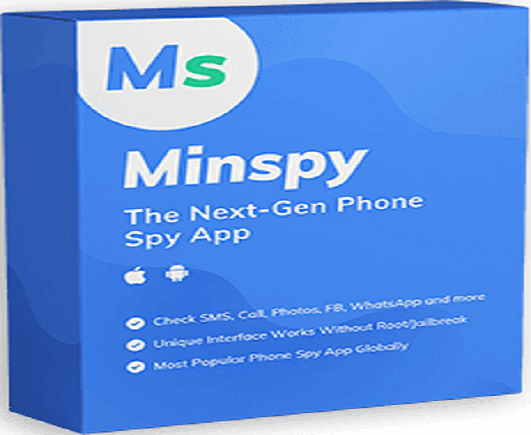
Amazing User Interface
Spy apps can be complicated but Minspy has a great user interface. The user interface is so friendly and convenient to use, you would just know what to do. Even new users at Minspy require any technological prowess to work with the application.
How to Hack Someone’s iPhone Texts
iPhones are expensive because they seem to be very sophisticated. People have a perception that the security of the iPhone is so intact that it cannot be hacked into. Hacking is not only simplified for iPhones but also unbelievably quick. All you need is the right platform.
Minspy is the right platform. It can make one break into an iPhone in under 5 minutes. It is the most coveted, simplified and simplest way to hack into an iPhone. The procedure is just an array of simplistic features that allow hacking into someone’s iPhone texts:
STEP 1: REGISTER WITH MINSPY
As the first and foremost step, you need to log into and sign up for Minspy’s web app. You can sign up through your email ID. This is the only information that will be required from the user’s end to register.
STEP 2: CHOOSE THE DESIRED PLAN
After signing up, you need to select the plan that the user desires. Minspy has a lot of different plans to choose from with distinct features. You can pick the plan that suits you well with respect to the volume and extensity of your hacking.
Minspy has plans like premium and family plans that offer a varied set of features. You can do a quick assessment of your requirement and then pick the perfect plan for yourself.
STEP 3: SETTING UP
After you have selected the plan, you will get an email on your registered email ID. The email will contain the link for setting up the application. The installation would only take a few minutes. Once the setup is complete, you would then need to choose the ‘target platform’.
As the intent is to hack into an iPhone, you need to select ‘iOS’ as the target platform.

STEP 4: iCloud CREDENTIALS
Now, all you need to do is to enter the iCloud credentials of the target iPhone user. That’s the only thing between you and the target iPhone’s messages. As soon as you enter the iCloud credentials, you would be able to link into the target iPhone immediately.
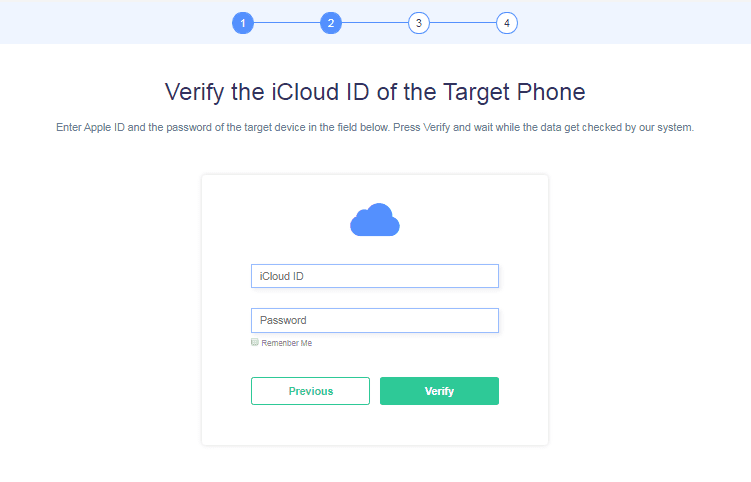 The process will not even take 5 minutes if you have the iCloud credentials in place. It is the most eased out process in place. If you have the required information, it will be easier to spy online than even check the phone for real.
The process will not even take 5 minutes if you have the iCloud credentials in place. It is the most eased out process in place. If you have the required information, it will be easier to spy online than even check the phone for real.
Conclusion
All these functions, features and convenience make Minspy the best-suited alternative for hacking into an iPhone. This platform ensures that iPhone hack texts are done in a much simpler way. It is the most economical hack for reading iPhone texts. So, do not stay in suspense and see for real what is really going on behind the pings.
Technology
Lagos’ Team Nevo Wins 3MTT Southwest Regional Hackathon

By Adedapo Adesanya
Lagos State’s representative, Team Nevo, won the 3 Million Technical Talent (3MTT) South-West Regional Hackathon, on Tuesday, December 9, 2025.
The host state took the victory defeating pitches from other south west states, including Oyo, Ogun, Osun, Ekiti, and Ondo States.
This regional hackathon was a major moment for the 3MTT Programme, bringing together young innovators from across the South-West to showcase practical solutions in AI, software development, cybersecurity, data analysis, and other key areas of Nigeria’s digital future.
Launched by the Federal Ministry of Communications, Innovation, and Digital Economy, the hackathon brought together talented young innovators from across the Southwest region to showcase their digital solutions in areas such as Artificial Intelligence (AI)/Machine Learning, software development, data analysis, and cybersecurity, among others.
“This event not only highlights the potential of youth in South West but also advances the digital economy, fosters innovation, and creates job opportunities for our young people,” said Mr Oluwaseyi Ayodele, the Lagos State Community Manager.
Winning the hackaton was Team Nevo, made up of Miss Lydia Solomon and Mr Teslim Sadiq, whose inclusive AI learning tool which tailors academic learning experiences to skill sets of students got the top nod, with N500,000 in prize money.
Team Oyo represented by Microbiz, an AI business tool solution, came in second place winning N300,000 while Team Ondo’s Fincoach, a tool that guides individuals and businesses in marking smarter financial decisions, came third with N200,000 in prize money.
Others include The Frontiers (Team Osun), Ecocycle (Team Ogun), and Mindbud (Team Ekiti).
Speaking to Business Post, the lead pitcher for Team Nevo, Miss Solomon, noted, “It was a very lovely experience and the opportunity and access that we got was one of a kind,” adding that, “Expect the ‘Nevolution’ as we call it, expect the transformation of the educational sector and how Nevo is going to bring inclusion and a deeper level of understanding and learning to schools all around Nigeria.”
Earlier, during his keynote speech, the chief executive officer (CEO) of Sterling Bank, Mr Abubakar Suleiman, emphasised the need for Nigeria’s budding youth population to tap into the country’s best comparative advantage, drawing parallels with commodities and resources like cocoa, soyabeans, and uranium.
“Tech is our best bet to architect a comparative advantage. The work we are doing with technologies are very vital to levelling the playing field.”
Technology
re:Invent 2025: AWS Excites Tech Enthusiasts With Graviton5 Unveiling
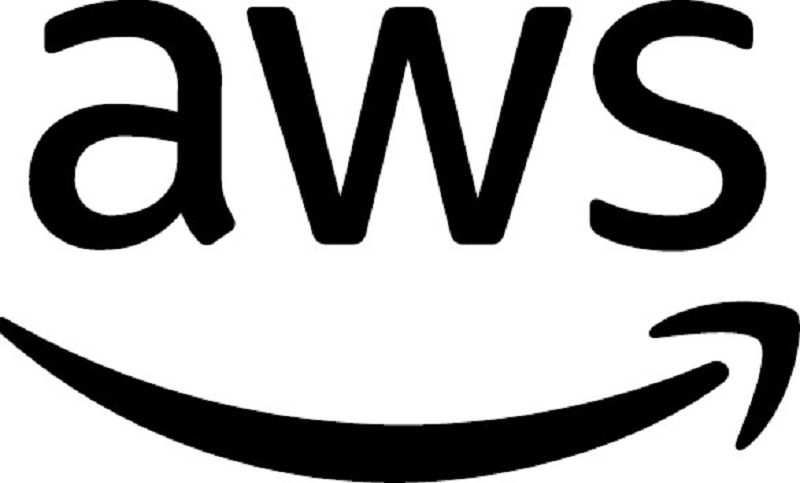
By Aduragbemi Omiyale
One of the high points of the 2025 re:Invent was the unveiling of Graviton5, the fifth generation of custom Arm-based server processors from Amazon Web Services (AWS).
Many tech enthusiasts believe that the company pushed the limits with Graviton5, its most powerful and efficient CPU, frontier agents that can work autonomously for days, an expansion of the Amazon Nova model family, Trainium3 UltraServers, and AWS AI Factories suitable for implementing AI infrastructure in customers’ existing data centres.
Graviton5—the company’s most powerful and efficient CPU
As cloud workloads grow in complexity, organizations face a persistent challenge to deliver faster performance at lower costs and meet sustainability commitments without trade-offs.
AWS’ new Graviton5-based Amazon EC2 M9g delivers up to 25% higher performance than its previous generation, with 192 cores per chip and 5x larger cache.
For the third year in a row, more than half of new CPU capacity added to AWS is powered by Graviton, with 98 per cent of the top 1,000 EC2 customers—including Adobe, Airbnb, Epic Games, Formula 1, Pinterest, SAP, and Siemens—already benefiting from Graviton’s price performance advantages.
Expansion of Nova family of models and pioneers “open training” with Nova Forge
Amazon is expanding its Nova portfolio with four new models that deliver industry-leading price-performance across reasoning, multimodal processing, conversational AI, code generation, and agentic tasks. Nova Forge pioneers “open training,” giving organizations access to pre-trained model checkpoints and the ability to blend proprietary data with Amazon Nova-curated datasets.
Nova Act achieves breakthrough 90% reliability for browser-based UI automation workflows built by early customers. Companies like Reddit are using Nova Forge to replace multiple specialized models with a single solution, while Hertz accelerated development velocity by 5x with Nova Act.
Addition of 3 frontier agents, a new class of AI agents that work as an extension of your software development team
Frontier agents represent a step-change in what agents can do. They’re autonomous, scalable, and can work for hours or days without intervention. AWS announced three frontier agents—Kiro autonomous agent, AWS Security Agent, and AWS DevOps Agent. Kiro autonomous agent acts as a virtual developer for your team, AWS Security Agent is your own security consultant, and AWS DevOps Agent is your on-call operational team.
Companies, including Commonwealth Bank of Australia, SmugMug, and Wester Governors University have used one or more of these agents to transform the software development lifecycle.
Unveiling Trainium3 UltraServers
As AI models grow in size and complexity, training cutting-edge models requires infrastructure investments that only a handful of organizations can afford.
Amazon EC2 Trn3 UltraServers, powered by AWS’s first 3nm AI chip, pack up to 144 Trainium3 chips into a single integrated system, delivering up to 4.4x more compute performance and 4x greater energy efficiency than Trainium2 UltraServers.
Customers achieve 3x higher throughput per chip while delivering 4x faster response times, reducing training times from months to weeks. Customers including Anthropic, Karakuri, Metagenomi, NetoAI, Ricoh, and Splash Music are reducing training and inference costs by up to 50 per cent with Trainium, while Decart is achieving 4x faster inference for real-time generative video at half the cost of GPUs, and Amazon Bedrock is already serving production workloads on Trainium3.
Technology
NITDA Alerts Nigerians to ChatGPT Vulnerabilities
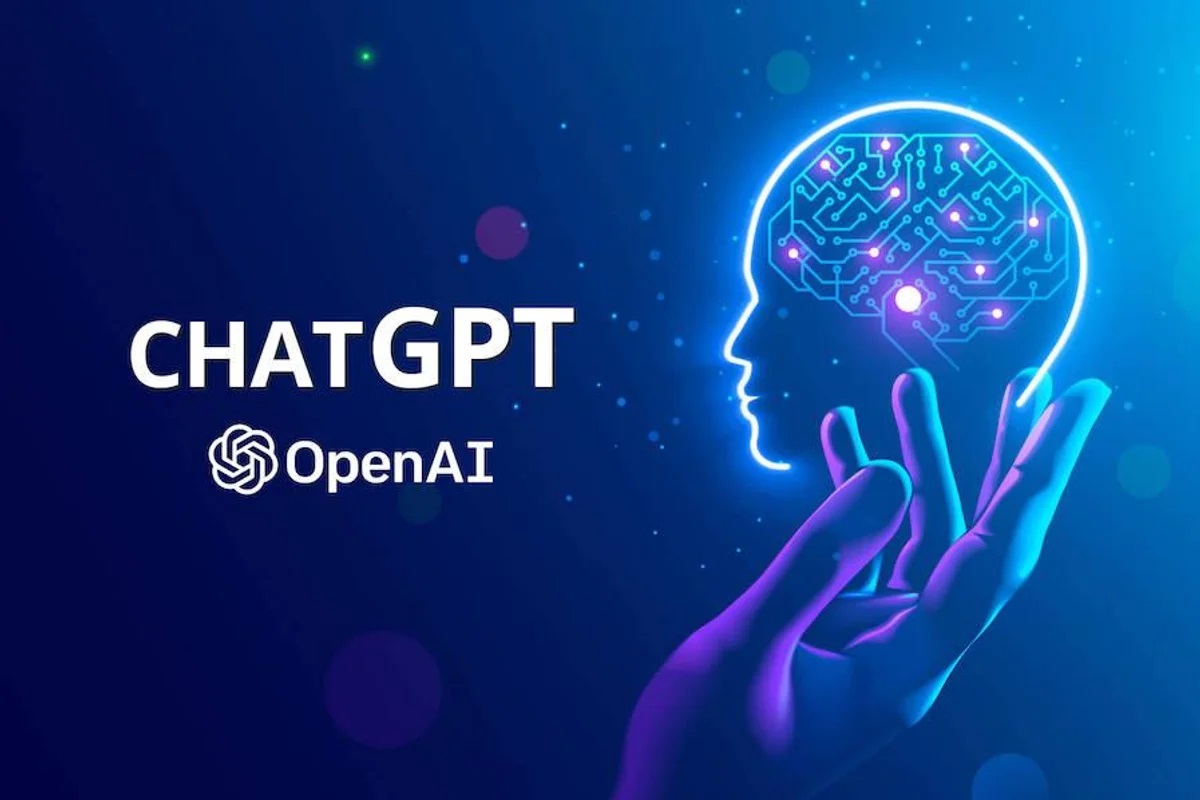
By Adedapo Adesanya
The National Information Technology Development Agency (NITDA) has issued an advisory on new vulnerabilities in ChatGPT that could expose users to data-leakage attacks.
According to the advisory, researchers discovered seven vulnerabilities affecting GPT-4o and GPT-5 models that allow attackers to manipulate ChatGPT through indirect prompt injection.
The agency explained that hidden instructions placed inside webpages, comments, or Uniform Resource Locators (URLs) can trigger unintended commands during regular browsing, summarisation, or search actions.
“By embedding hidden instructions in webpages, comments, or crafted URLs, attackers can cause ChatGPT to execute unintended commands simply through normal browsing, summarization, or search actions,” they stated.
The warning followed rising concerns about AI-powered tools interacting with unsafe web content and the growing dependence on ChatGPT for business, research, and public-sector tasks.
NITDA added that some flaws allow the bypassing of safety controls by masking malicious content behind trusted domains.
Other weaknesses take advantage of markdown rendering bugs, enabling hidden instructions to pass undetected.
It explained that in severe cases, attackers can poison ChatGPT’s memory, forcing the system to retain malicious instructions that influence future conversations
They stated that while OpenAI has fixed parts of the issue, Large-Language Models (LLMs) still struggle to reliably separate genuine user intent from malicious data.
The Agency warned that these vulnerabilities could lead to a range of cybersecurity threats, including unauthorised actions carried out by the model; unintended exposure of user information; manipulated or misleading outputs; and long-term behavioural changes caused by memory poisoning, among others.
It advised Nigerians, businesses, and government institutions to adopt several precautionary steps to stay safe. These include limiting or disabling the browsing and summarisation of untrusted websites within enterprise environments and enabling features like browsing or memory only when necessary.
It also recommended regular updates to deployed GPT-4o and GPT-5 models to ensure known vulnerabilities are patched.
-

 Feature/OPED6 years ago
Feature/OPED6 years agoDavos was Different this year
-
Travel/Tourism9 years ago
Lagos Seals Western Lodge Hotel In Ikorodu
-

 Showbiz3 years ago
Showbiz3 years agoEstranged Lover Releases Videos of Empress Njamah Bathing
-

 Banking7 years ago
Banking7 years agoSort Codes of GTBank Branches in Nigeria
-

 Economy3 years ago
Economy3 years agoSubsidy Removal: CNG at N130 Per Litre Cheaper Than Petrol—IPMAN
-

 Banking3 years ago
Banking3 years agoFirst Bank Announces Planned Downtime
-

 Banking3 years ago
Banking3 years agoSort Codes of UBA Branches in Nigeria
-

 Sports3 years ago
Sports3 years agoHighest Paid Nigerian Footballer – How Much Do Nigerian Footballers Earn








